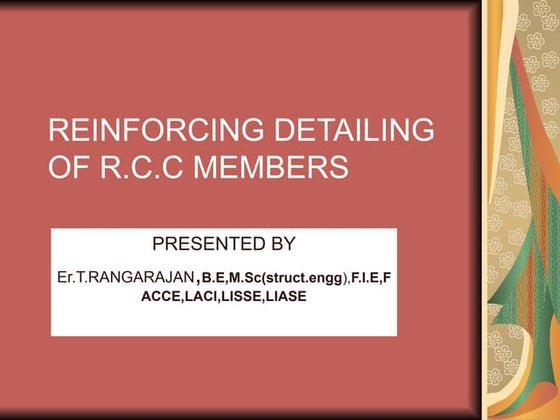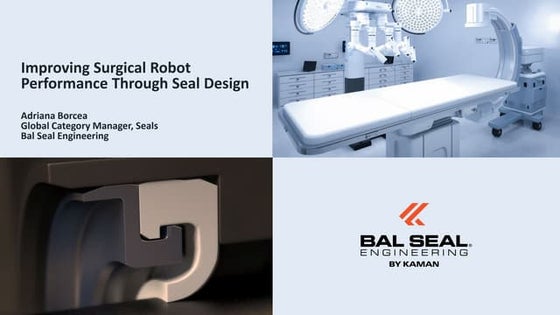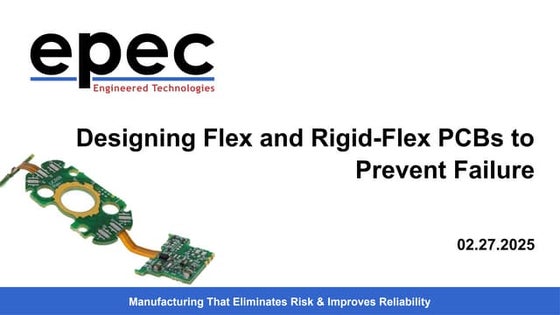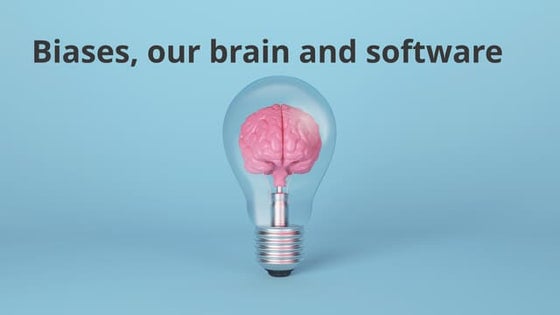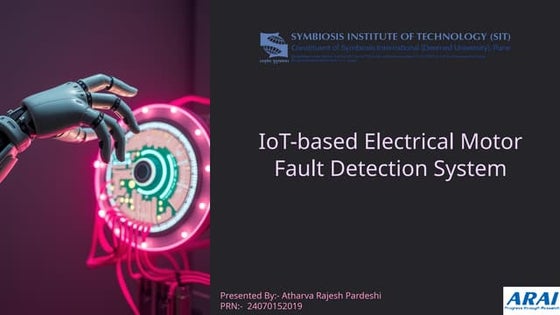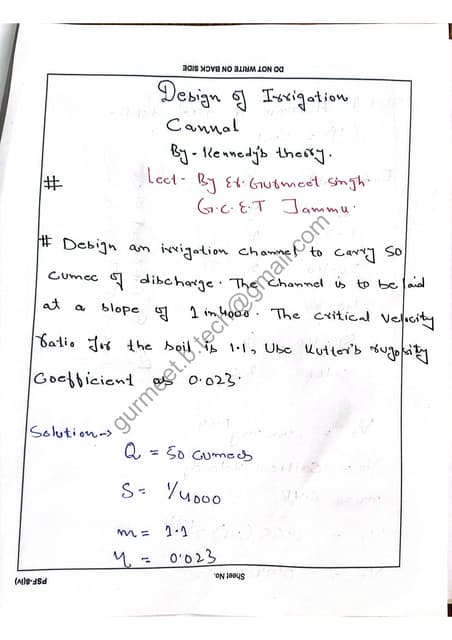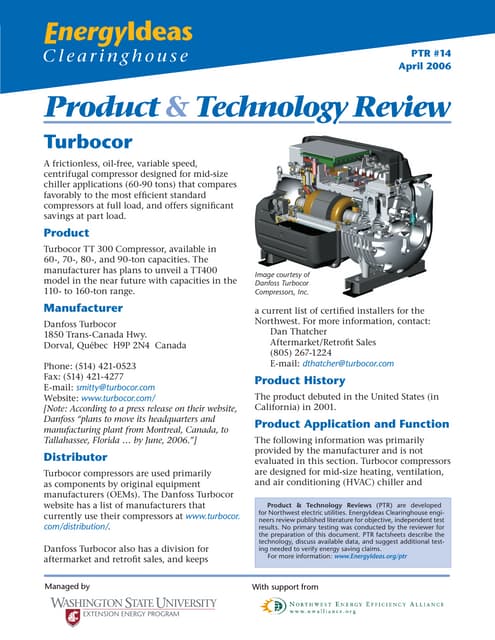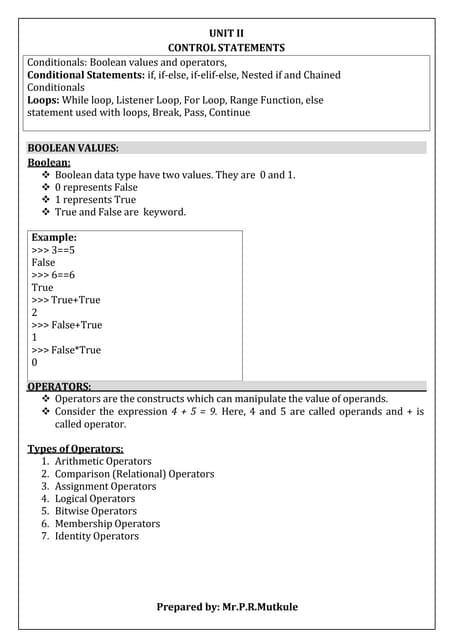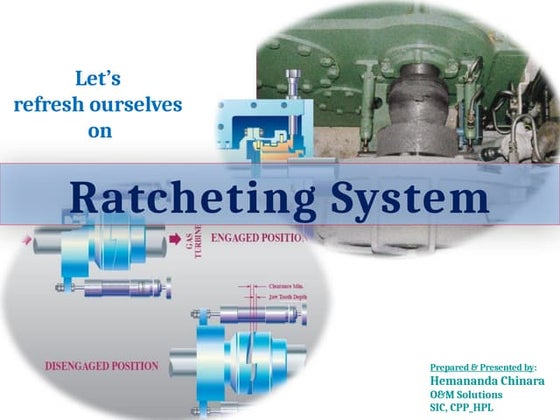Quality Presenatation on Cable Termination.pdf
- 1. Ensuring Excellence: Quality Control Practices in Cable Termination Ensuring Excellence: Quality Control Practices in Cable Termination
- 2. Introduction to Quality Control Introduction to Quality Control In the realm of cable termination, ensuring excellence is paramount. This presentation will explore the essential quality control practices that guarantee optimal performance and reliability in cable installations, focusing on the signi’¼ücance of each step in the process. In the realm of cable termination, ensuring excellence is paramount. This presentation will explore the essential quality control practices that guarantee optimal performance and reliability in cable installations, focusing on the signi’¼ücance of each step in the process.
- 3. Importance of Quality Control Importance of Quality Control Quality control in cable termination is crucial to prevent failures and ensure safety. By implementing rigorous testing and inspection processes, we can enhance reliability and performance, ultimately leading to increased customer satisfaction and trust. Quality control in cable termination is crucial to prevent failures and ensure safety. By implementing rigorous testing and inspection processes, we can enhance reliability and performance, ultimately leading to increased customer satisfaction and trust.
- 4. Key Quality Control Practices Key Quality Control Practices Effective quality control involves several key practices, including pre- installation checks, visual inspections, and testing procedures. Each practice plays a vital role in identifying potential issues before they escalate into costly problems. Effective quality control involves several key practices, including pre- installation checks, visual inspections, and testing procedures. Each practice plays a vital role in identifying potential issues before they escalate into costly problems.
- 5. Pre-Installation Checks Pre-Installation Checks Before commencing cable termination, conducting thorough pre-installation checks is essential. This includes verifying cable speci’¼ücations, ensuring proper tools are available, and con’¼ürming that environmental conditions are suitable for work. Before commencing cable termination, conducting thorough pre-installation checks is essential. This includes verifying cable speci’¼ücations, ensuring proper tools are available, and con’¼ürming that environmental conditions are suitable for work.
- 6. Visual Inspections Visual Inspections Visual inspections are a critical step in quality control. Technicians should check for physical defects, such as damaged insulation or improper stripping, that could compromise the integrity of the termination and lead to failures. Visual inspections are a critical step in quality control. Technicians should check for physical defects, such as damaged insulation or improper stripping, that could compromise the integrity of the termination and lead to failures.
- 7. Testing Procedures Testing Procedures Implementing rigorous testing procedures is vital for ensuring the functionality of cable terminations. This includes continuity testing, insulation resistance testing, and performance testing to validate the quality of the installation. Implementing rigorous testing procedures is vital for ensuring the functionality of cable terminations. This includes continuity testing, insulation resistance testing, and performance testing to validate the quality of the installation.
- 8. Documentation and Reporting Documentation and Reporting Maintaining accurate documentation and reporting of quality control processes is essential. This includes recording test results, inspection ’¼ündings, and any corrective actions taken, which helps ensure accountability and traceability. Maintaining accurate documentation and reporting of quality control processes is essential. This includes recording test results, inspection ’¼ündings, and any corrective actions taken, which helps ensure accountability and traceability.
- 9. Training and Skill Development Training and Skill Development Continuous training and skill development for technicians are crucial for maintaining high- quality standards. Regular workshops and certi’¼ücations can enhance their knowledge of best practices and the latest technologies in cable termination. Continuous training and skill development for technicians are crucial for maintaining high- quality standards. Regular workshops and certi’¼ücations can enhance their knowledge of best practices and the latest technologies in cable termination.
- 10. Common Challenges in Quality Control Common Challenges in Quality Control Quality control in cable termination can face challenges such as human error, inadequate training, and environmental factors. Identifying these challenges allows organizations to implement strategies that mitigate risks and improve outcomes. Quality control in cable termination can face challenges such as human error, inadequate training, and environmental factors. Identifying these challenges allows organizations to implement strategies that mitigate risks and improve outcomes.
- 11. Continuous Improvement Strategies Continuous Improvement Strategies Implementing continuous improvement strategies is essential for enhancing quality control practices. This can include regular audits, feedback loops, and embracing new technologies that streamline processes and improve overall quality. Implementing continuous improvement strategies is essential for enhancing quality control practices. This can include regular audits, feedback loops, and embracing new technologies that streamline processes and improve overall quality.
- 12. Case Studies of Success Case Studies of Success Examining case studies where effective quality control practices have led to signi’¼ücant improvements can provide valuable insights. These examples highlight the impact of rigorous quality measures on project success and customer satisfaction. Examining case studies where effective quality control practices have led to signi’¼ücant improvements can provide valuable insights. These examples highlight the impact of rigorous quality measures on project success and customer satisfaction.
- 13. Conclusion and Best Practices Conclusion and Best Practices In conclusion, ensuring excellence in cable termination through quality control practices is vital. By adhering to established procedures, investing in training, and continuously improving, organizations can achieve high- quality results and enhance their reputation. In conclusion, ensuring excellence in cable termination through quality control practices is vital. By adhering to established procedures, investing in training, and continuously improving, organizations can achieve high- quality results and enhance their reputation.
- 14. Thanks! Thanks! Do you have any questions? youremail@email.com +91 620 421 838 www.yourwebsite.com @yourusername Do you have any questions? youremail@email.com +91 620 421 838 www.yourwebsite.com @yourusername










































